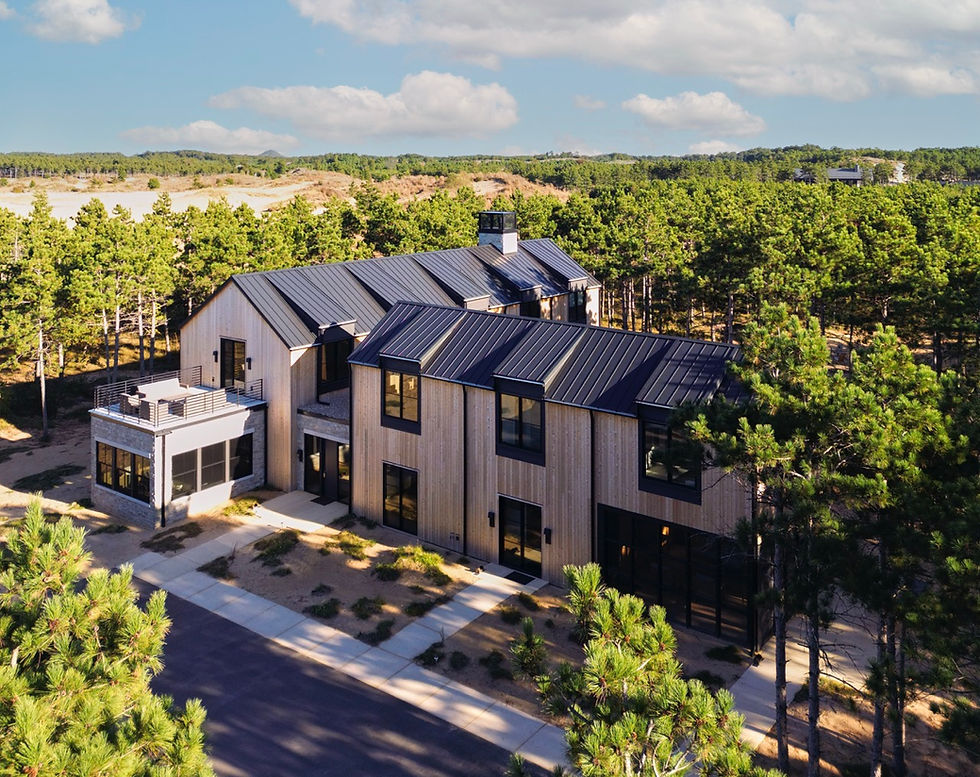The Importance of Pricing Transparency
- Jasin Pasho and Jenna Beach
- May 9
- 2 min read
Updated: May 12

Pricing transparency is critical. It builds trust between contractors and clients, ensures fair pricing, and leads to better project outcomes. This article will explore the current market conditions, the benefits of transparent pricing, its challenges, and strategies to enhance transparency.
Let us share a recent experience with a client.
We were working on their home when they received a bid from a reputable local roofer to replace a flat roof that was not leaking (not a part of our original scope of work). The roof measured about 15’ x 30’, and the roofer quoted $70,000. Their bid was a lump sum with no breakdown of costs.
The client, understandably concerned about the high price, asked for our opinion.
So, we contacted another reputable roofer who competes directly with the first one. For the same roof—same EPDM membrane, same size, exact specifications, and same warranty—the second roofer quoted $8,000.
The key difference? The $8,000 bid was broken down, showing the cost of materials, labor, and other expenses.
When the client asked us why the two bids were so significantly different, I had no clear answer other than the possibility of differing business or sales strategies between the roofers.
Regardless, this typical incident highlights how a lack of pricing transparency leads to confusion and mistrust.
By providing a detailed breakdown of costs, the second roofer offered a more competitive price, built immediate trust with the client, and got the job.
Benefits of Pricing Transparency: It builds trust and credibility with clients, as they can see exactly what they are paying for.
Informed Decision-Making: Homeowners can make informed decisions about their projects when they understand the cost breakdown.
Budget Management: Clear pricing helps manage budgets and minimize unexpected costs.
Challenges in Achieving Pricing Transparency
Despite its benefits, achieving pricing transparency can be challenging:
Economic Factors: The residential construction market is influenced by various economic factors, such as interest rates and inflation, which impact construction costs. Material costs can fluctuate due to tariffs and global supply chain issues
Complexity of Costs: Construction costs include labor, materials, permits, and unexpected expenses.
Market Variability: Market conditions can cause price variations, making it difficult to maintain consistent pricing.
Strategies for Enhancing Pricing Transparency
To enhance pricing transparency, consider the following strategies:
Detailed Scope of Work: Educate clients about the scope of work and how you plan to execute it.
Detailed Estimates: Provide clients with detailed estimates that break down costs into specific categories.
Open Communication: Maintain open communication between contractors and clients throughout the project.
Use of Technology: Utilize construction management software to track and share cost information.
Conclusion
Pricing transparency is how we do business here at Flatwater Homes.
Transparency builds trust, enables timely and informed decision-making, and ensures budgets are real and manageable. Providing our clients with detailed estimates, maintaining open communication, and using technology enhances transparency and ensures the quality our team expects in delivering complex, luxury projects for our clients.



